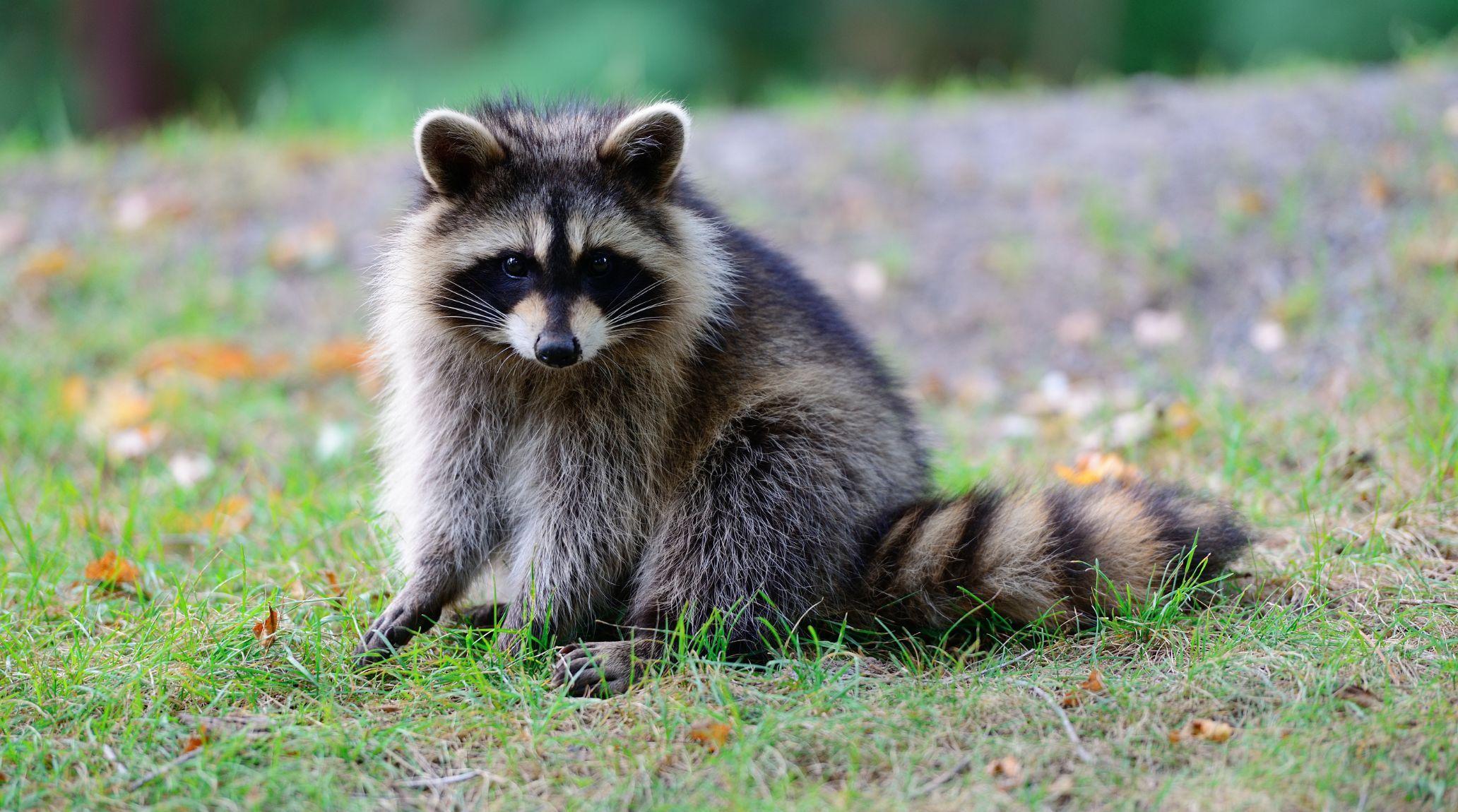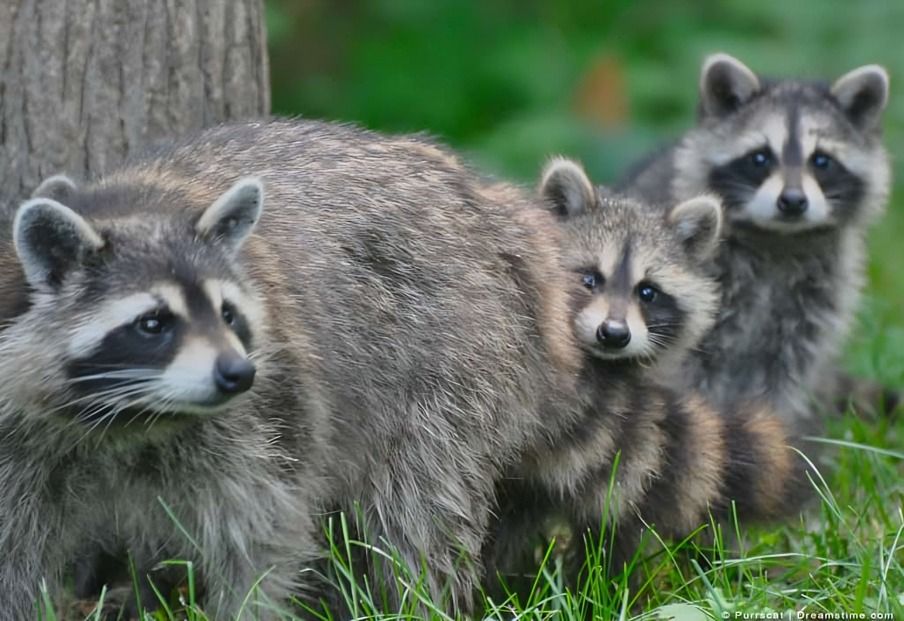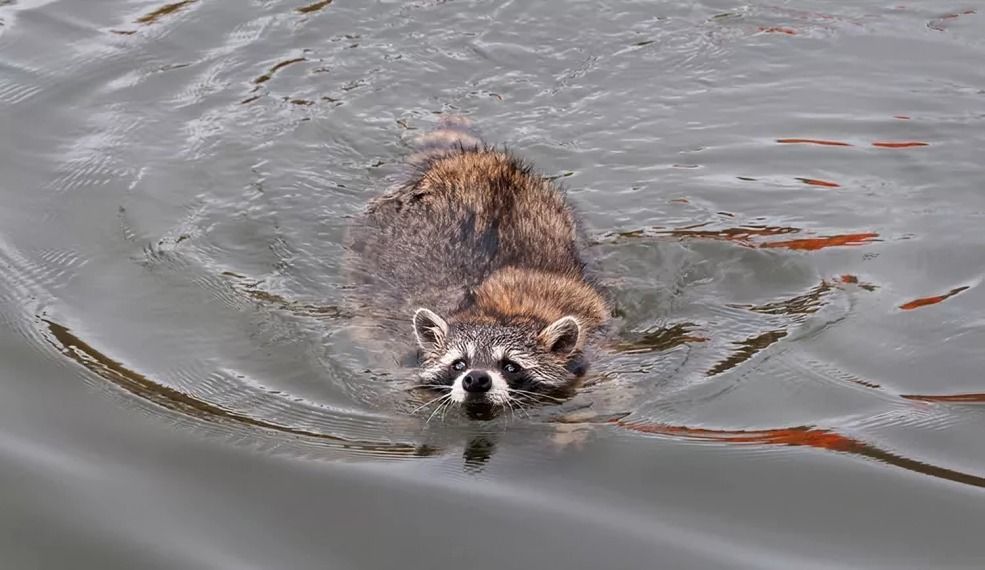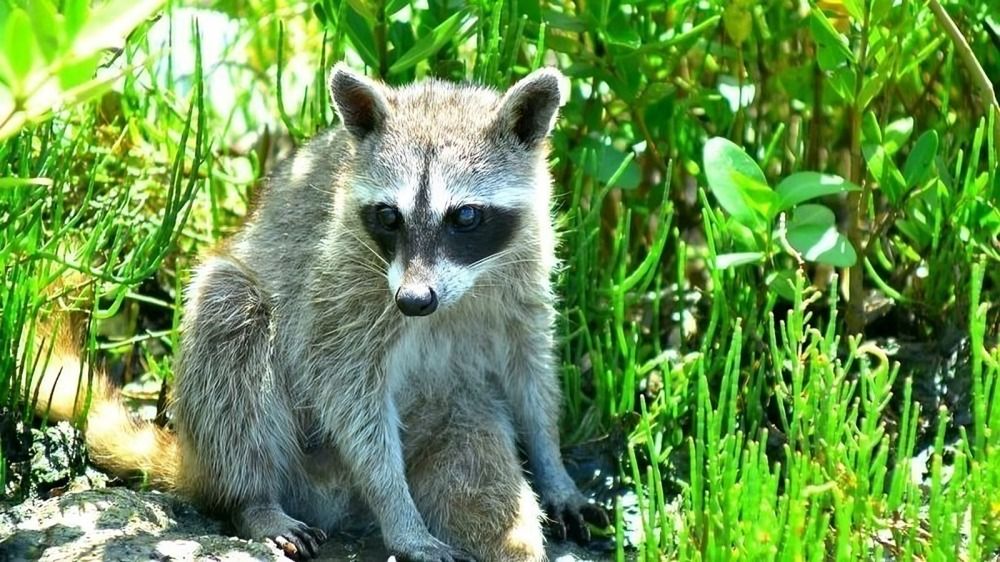
“
Raccoons, with their distinctive black masks and clever antics, are fascinating creatures that roam forests, suburbs, and even cities across North America. In this guide, we'll uncover their unique features, habitat, behaviors, and why they're known as nature's masked bandits. Whether you're learning about them for fun or school, get ready to dive into the world of these clever critters!1
1
”
Raccoons are highly agile climbers and can endure falls of up to 35 feet from trees. Their remarkable climbing skills and ability to withstand significant drops help them navigate their arboreal habitats with ease.1
As omnivores, raccoons have a diverse diet that includes fruits, nuts, insects, small mammals, birds, eggs, and fish. Their ability to consume a wide range of foods demonstrates their adaptability to various habitats.2
Raccoons can carry diseases and parasites, including rabies, roundworms, and ticks. Their ability to live in close proximity to humans increases the risk of transmitting these health threats.3
Raccoons are primarily nocturnal, meaning they are most active at night. They use their keen sense of touch and smell to navigate and hunt in the dark. Their nocturnal habits are adapted to their lifestyle.4
Their hind feet can rotate 180 degrees, allowing them to descend trees headfirst swiftly. This unique adaptation enables them to navigate their arboreal habitat efficiently. It is a notable feature among mammals.5

Baby raccoons, or kits, are born blind and deaf, depending entirely on their mother for care and protection. During their early development, they rely on her for warmth and nourishment. Kits are completely dependent on their mother in infancy.
Raccoons are skilled climbers, often seen scaling trees or buildings with ease. Their sharp claws and strong limbs facilitate their climbing abilities. This skill helps them escape predators and access food sources.6
Raccoons have a relatively short pregnancy period of around 63 days compared to many other mammals. After mating in late winter or early spring, females give birth after this brief gestation.7
Raccoons use a complex communication system involving various vocalizations, body language, and scent markings. These methods help them interact and coordinate with each other. Their communication is key to their social behavior.8
Mother raccoons are dedicated caregivers, nursing their blind and deaf kits for the first few weeks of life. They may have litters ranging from one to seven kits. The mother’s care is crucial for the survival of the young raccoons.9
In urban areas, raccoons are notorious for raiding garbage cans and scavenging for food. This behavior highlights their adaptability to human environments. They have become well-known for their resourcefulness in cities.10
Raccoons have a habit of "washing" their food in water before eating, which helps in tactile exploration and cleaning. This behavior is part of their foraging routine. It demonstrates their unique approach to eating.11

Raccoons are excellent swimmers, using their webbed hind feet and long, muscular tails to propel themselves efficiently through water. Swimming aids in their movement between different areas. Their aquatic abilities are well-developed.
In the wild, raccoons have a lifespan of 2 to 3 years, but in captivity, they can live up to 20 years. This difference highlights their longevity in controlled environments. Their lifespan is significantly extended under human care.12
Raccoons are generally solitary for most of the year but may form groups during mating season or when food is abundant. Their social behavior varies based on seasonal factors. Group formation helps with mating and resource sharing.13
They have a keen sense of smell that helps them locate food and identify potential threats. This acute sense is vital for their survival in various environments. Their olfactory abilities are essential for their daily activities.14
Raccoons thrive in diverse habitats such as forests, marshes, and urban areas due to their adaptability. They can live successfully in both natural and human-altered environments. This versatility supports their widespread distribution.15

The smallest raccoon species is the Cozumel or pygmy raccoon (Procyon pygmaeus), found only on Mexico’s Cozumel Island. It measures 58–82 cm in length, including a 23–26 cm tail, and weighs 3–4 kg.
Raccoons have unique, highly sensitive hands that are not only excellent for manipulating objects but also leave distinct patterns on surfaces, similar to human fingerprints.16
Raccoons are known for their excellent memory and problem-solving abilities, remembering task solutions for up to three years. This cognitive skill demonstrates their intelligence. 17


